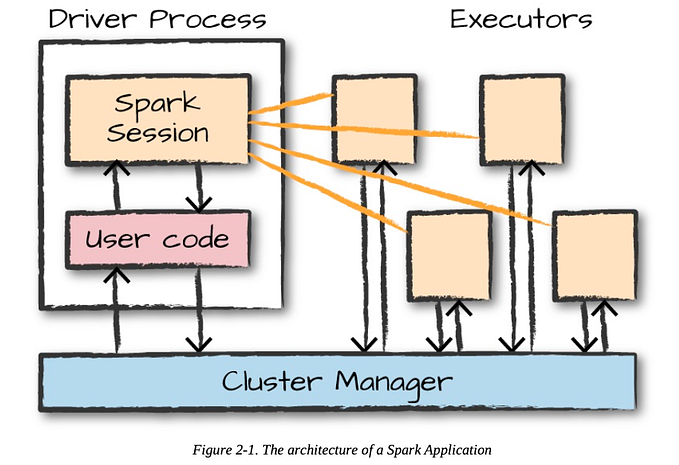
How to Scale Your Team Without Breaking Your Culture or Productivity
Practical strategies on scaling your team so that when things take off, you’re ready.
So it’s finally happened — your company has developed a new product that people absolutely adore. With the growth of the product, you suddenly have the capacity to scale and also, a sudden demand to scale. Like, right now.
Most companies in this position jump into action, hiring rapidly and aggressively without pausing to form a strategy or consider the long term impacts of sudden growth.
But simply adding new people doesn’t immediately increase productivity or capacity. In fact, in many cases the opposite happens.
People aren’t like modular furniture, you can’t just attach new teams to meet new capacity needs. People are complex, have egos, competing agendas and needs. Many times, capable and experienced people are hard to find and earnest people do terribly in interviews.
Even when you find a great fit it takes time for them to learn the ropes and get up to speed. And while they do this, your new hire takes away precious time and energy from your existing team.
So, how do you scale while sustaining culture and productivity?
It’s critical to understand and embrace the differences between growing a team, and growing something far less complex (like, say, a sofa).
- Get used to the idea that when you’re growing a team, things are going to slow down before they can speed up.
- Consider the minimum input, support and communication requirements for every person and your organization as it grows.
- Consider the nature of your ways of working currently. How much is project work broken down into clear, manageable pieces? How many of your processes can be done concurrently versus how much can be done in sequence? The answers to these will impact how and where you’re able to bring in new people.
But why can’t we just add more people?
Consider an orchestra, with lots of different people contributing different notes to create a symphony.
Now imagine doubling that orchestra overnight. You wouldn’t expect this new configuration to be able to play songs twice as fast. Instead you’d likely get double the noise, and perhaps not even good noise at that.
That’s because teams don’t just work perfectly from the get-go, they need time to form and storm before they can start performing well.

First, let’s consider the workload involved in hiring a new team member.
We’d likely need to write a job description, get it approved, advertise it, review and interview each applicant, give them an offer, wait out their notice period, onboard them, train them, wait for them to make friends, settle in and get comfortable.
Then and only then are we finally back to the workload we had before making the decision to hire someone new. Additionally, our new hire only starts to add to our capacity at this point.
Now, consider the effect of doing this with not just one person but many, and across many teams. Consider the disruption this might create across multiple areas of the business, throwing out the balance of workflows you’ve perfected in your organisation.
Don’t forget that the whole reason you’re hiring people is because there is already more work than your current team can handle.
Sound like a recipe for success?
Probably not. In fact, you’re likely contributing to a culture of stress, late nights and context switching, all while now asking your team to interview and train new people.

This diagram demonstrates the productivity lag in action, and shows why it’s so challenging to scale while hitting new contractual requirements, deadlines, targets, and milestones that justify the growth.
Hiring too fast versus not hiring enough

To grow quickly, organisations need to hire more staff than theoretically projected — enough people to get out of the Maximum Risk Zone.
But what is the Maximum Risk Zone? It’s the space where you theoretically have enough people to complete all your projected work, but because of the impact on productivity that new hires create, you’re actually short. To fix this, you need to overhire.
Of course, in startups balancing cash flow and revenue with hiring is critical to survival, and only you will know if this is a feasible and appropriate strategy for your business. But if we consider the flip-side, where not having enough staff at the right time can lead to a loss of clients or project failures, you can see a clear case for overhiring.
Think of it like setting out chairs for an event — it’s much better to over prepare and lay out more than you need at the beginning, than have your team reactively adding more chairs to meet demand, while they should be checking people in, passing around resources or, even, on stage.
Strategies for growing and hiring sustainably
If you’re currently going through a period of growth (lucky you) or expect to be in the near future, these are some of the things you’ll need to think about and plan for.
- Reset your lens — if you’re looking at people as resources that can be moved around or reconfigured without adverse effects, you might need to adjust your thinking.
- Find your pace — talk to your teams to understand their capacity for training new hires while still delivering on work and use that as a base for defining your sustainable hiring pace.
- Plan for down time — Accept and pre-allocate time to handle the requirements of finding, recruiting and getting new employees on-boarded and up to speed.
- Reset expectations — Work with your team to set new expectations on what’s feasible while you’re recruiting and onboarding new hires. Tension arises when old delivery cadences remain the same with the burden of hiring added on top.
- Get ahead of the curve — When and where feasible, over-hiring can help you to get out of the Maximum Risk Zone, and ease tensions when project demands rise.
- Reduce your risk — Consider hiring existing teams who have already worked together before.
- Organise for success — Putting people into small mission-driven teams helps to maintain agility. Consider the impact of a small team slowing down versus an entire department or team.
Special thanks to Tim Stroh for all of your advice and insight in relation to this topic.
Thank you for taking the time to read, (like and subscribe 😉).
I’m Ben Le Ralph, the founder of Impact Positive, an app that helps hybrid teams stay aligned and cut down on endless meetings, distractions, busy work and miscommunications.
For help with:
- Hybrid Teams & Remote Collaboration
- Standard Operating Procedures (SOPs)
- Effective Outsourcing & Automation
- Hiring & Onboarding
Checkout Impact Positive






